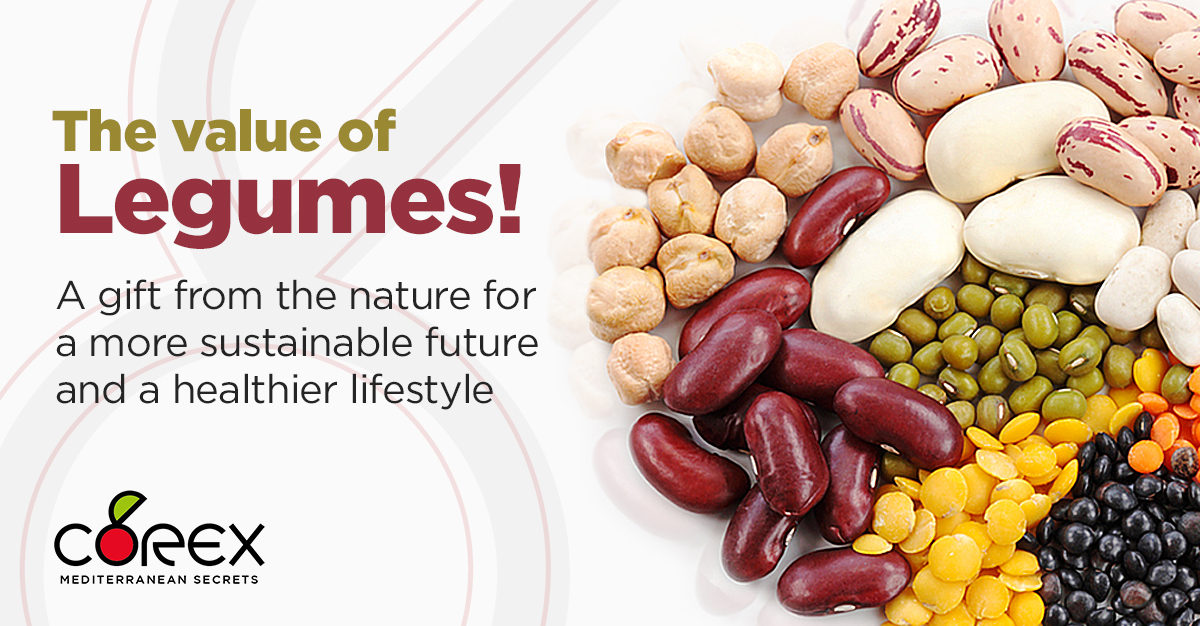
Your Customer Relationships Must Outlast Coronavirus
15 April 2020
Pasta with Beans
6 May 2020Beans, lentils, chickpeas, peas, fava beans, soybeans… Did you know that legumes are the most nutritious among plant foods, rich in fiber and quality proteins? Legumes, thanks to their nutritional value, constitute one of the seven basic food groups. The others (as we have seen in this other post) are fruit, vegetables, oils and fats, cereals and tubers, milk and derivatives, meat, fish and eggs.
The importance of legumes in a diet
Why are legumes so important that they deserve a top place among foods? First of all because they are a good source of vegetable proteins. They contain as much as meat, but they need cereals to achieve the quality of its proteins. The traditional and tasty cereal-legume mixture (for example pasta and beans, pasta and chickpeas, rice and lentils and so on) reaches an appreciable composition of essential amino acids, comparable, in fact, to that of meat.
They are an important food also because they are low in fat and high in fiber, useful for the intestine. Moreover they are rich in phosphorus, calcium and iron. They are considered anti-inflammatory foods because they help control the insulin response in the body.
How many times a week?
Legumes can be consumed 3-4 times a week. They are also indicated every day for those who have a sedentary lifestyle. In the kitchen they are versatile, excellent in rustic soups, in single dishes or as a side dish in salads.
This special food is nicknamed the “meat of the poor”, once again thanks to low-cost proteins accessible to all layers social. Now more than ever they represent a resource for the future. Legumes, as Forbes magazine says, really are a win-win for human and environmental health. Simple to grow and cook, they are the natural alternative to meat, too expensive in ecological and energy terms.
Over the years Corex S.p.A has perfected the product processing method treating the product with love and respecting its nutritional properties.


